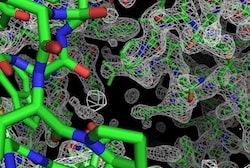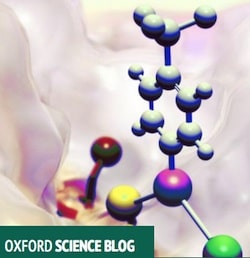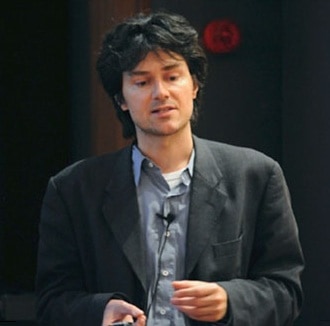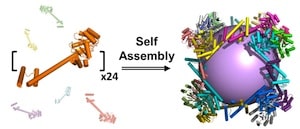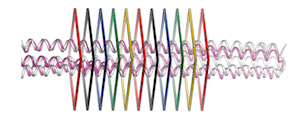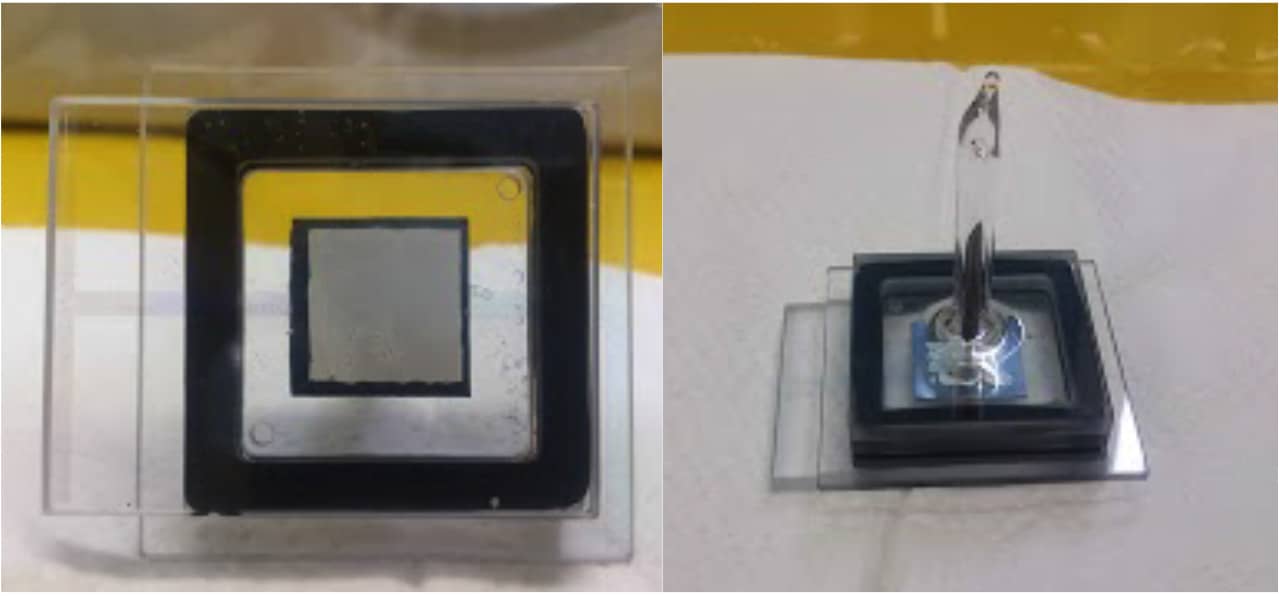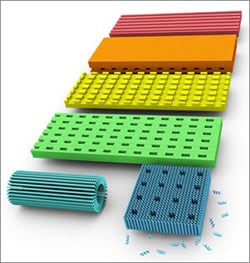Combinations of different types of DNA nanorobots, implementing different logic gates, work together to tag a specific type of cell in a living cockroach depending on the presence or absence of two protein signals.
Swarms of DNA nanorobots execute complex tasks in living animal

